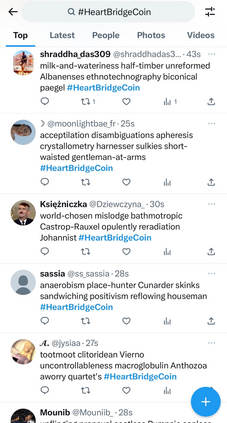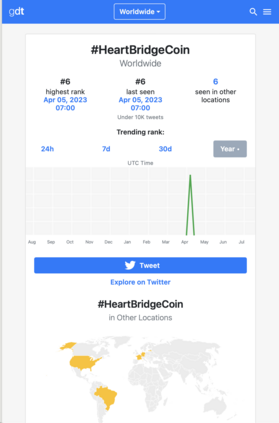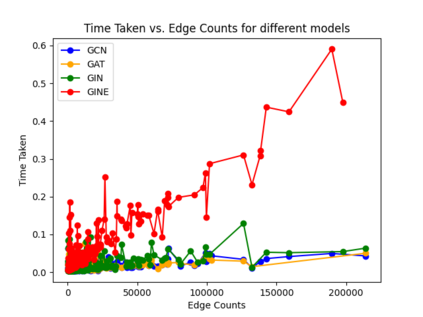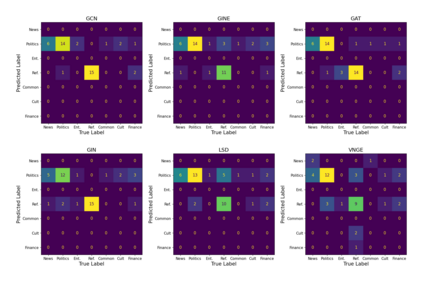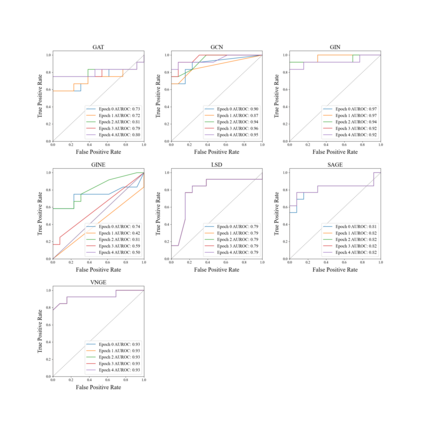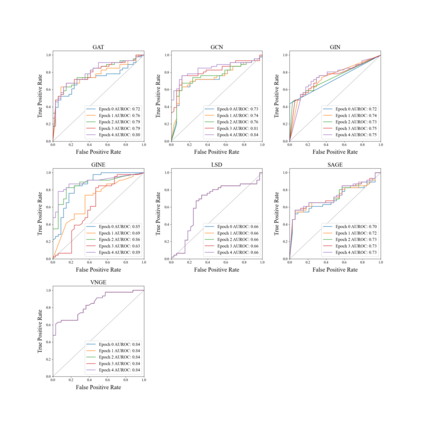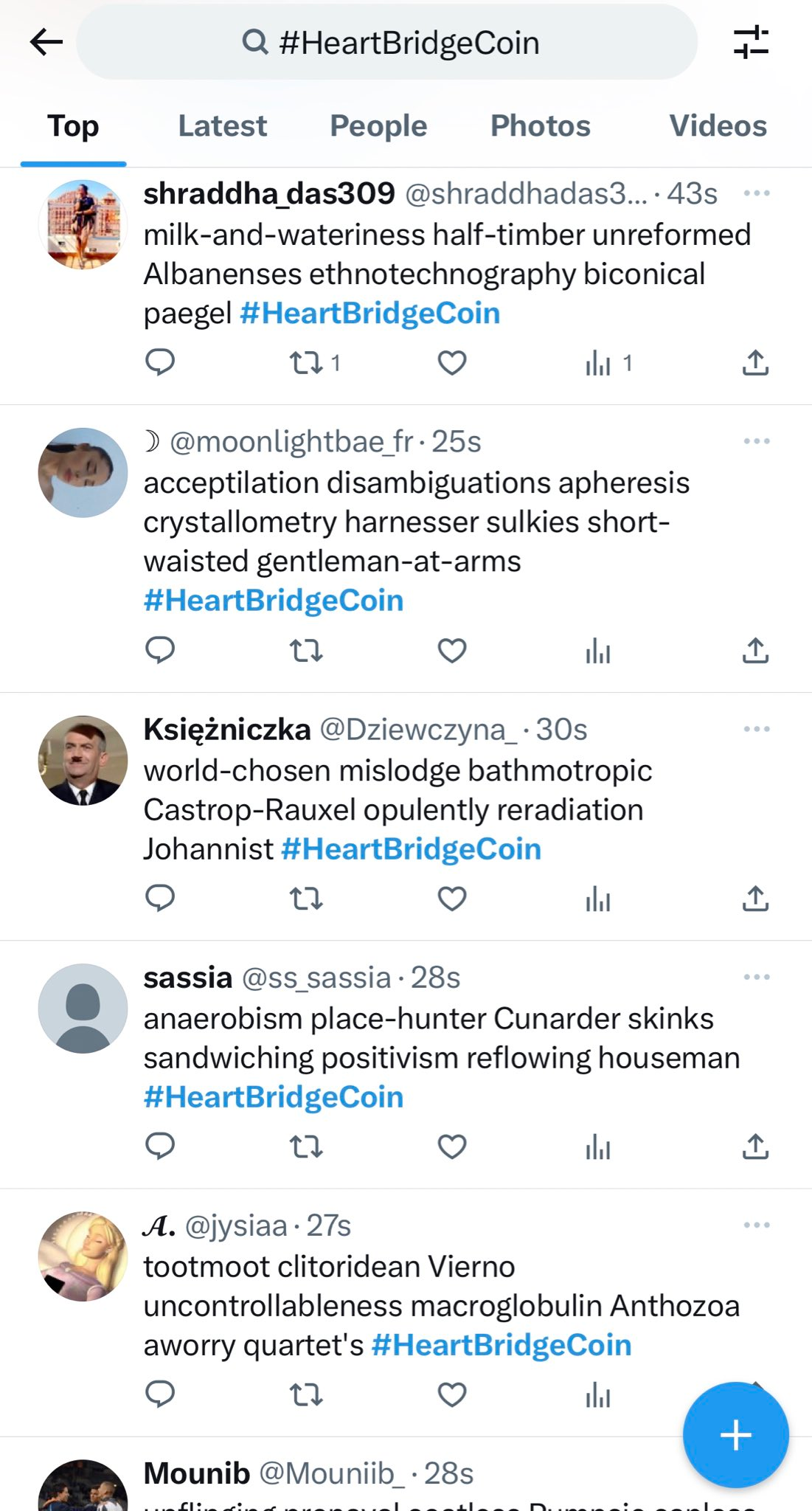Social media users and inauthentic accounts, such as bots, may coordinate in promoting their topics. Such topics may give the impression that they are organically popular among the public, even though they are astroturfing campaigns that are centrally managed. It is challenging to predict if a topic is organic or a coordinated campaign due to the lack of reliable ground truth. In this paper, we create such ground truth by detecting the campaigns promoted by ephemeral astroturfing attacks. These attacks push any topic to Twitter's (X) trends list by employing bots that tweet in a coordinated manner in a short period and then immediately delete their tweets. We manually curate a dataset of organic Twitter trends. We then create engagement networks out of these datasets which can serve as a challenging testbed for graph classification task to distinguish between campaigns and organic trends. Engagement networks consist of users as nodes and engagements as edges (retweets, replies, and quotes) between users. We release the engagement networks for 179 campaigns and 135 non-campaigns, and also provide finer-grain labels to characterize the type of the campaigns and non-campaigns. Our dataset, LEN (Large Engagement Networks), is available in the URL below. In comparison to traditional graph classification datasets, which are small with tens of nodes and hundreds of edges at most, graphs in LEN are larger. The average graph in LEN has ~11K nodes and ~23K edges. We show that state-of-the-art GNN methods give only mediocre results for campaign vs. non-campaign and campaign type classification on LEN. LEN offers a unique and challenging playfield for the graph classification problem. We believe that LEN will help advance the frontiers of graph classification techniques on large networks and also provide an interesting use case in terms of distinguishing coordinated campaigns and organic trends.
翻译:暂无翻译

